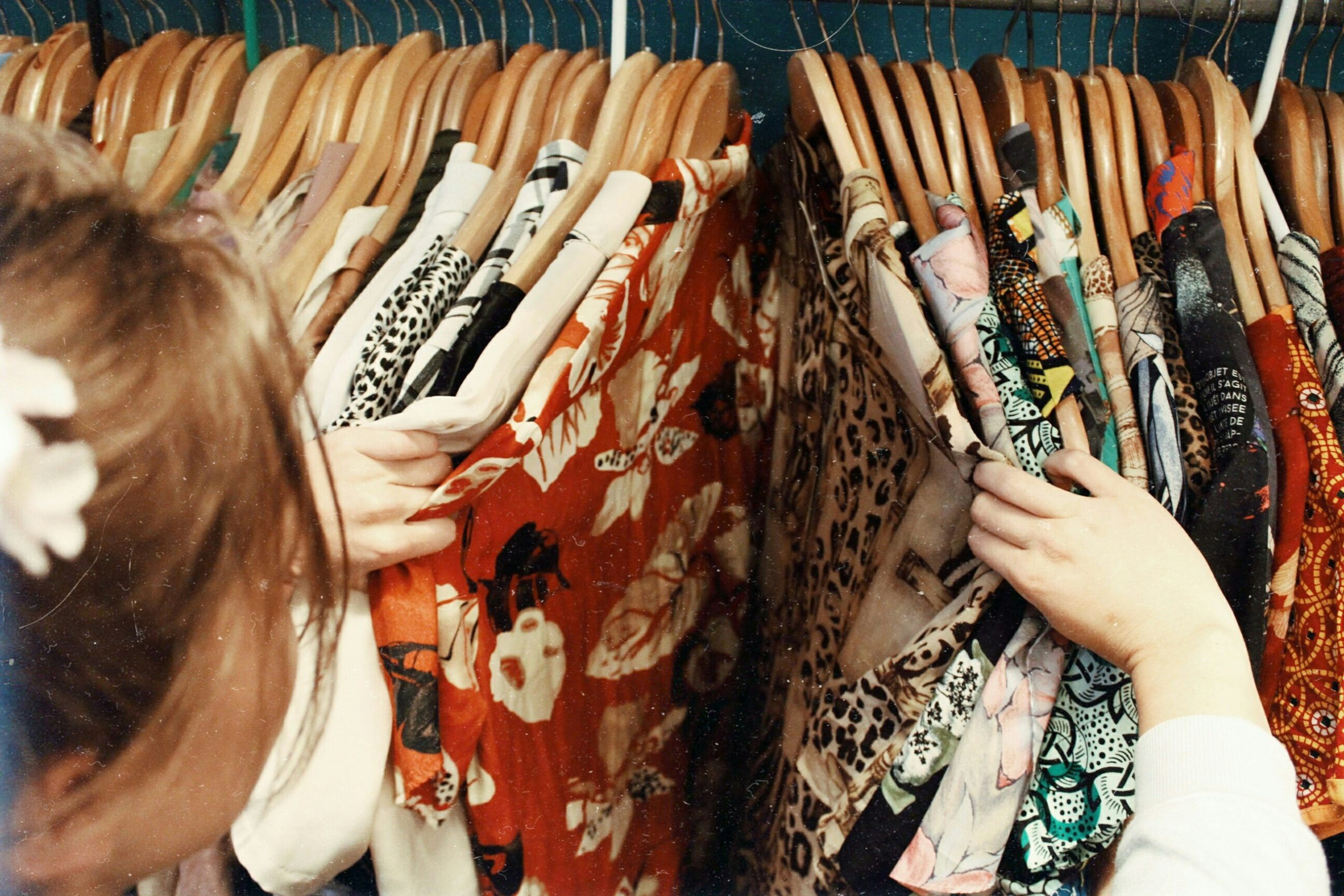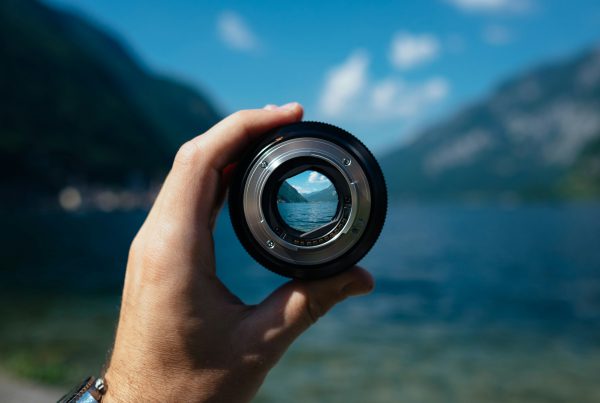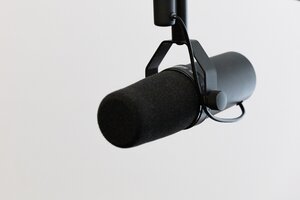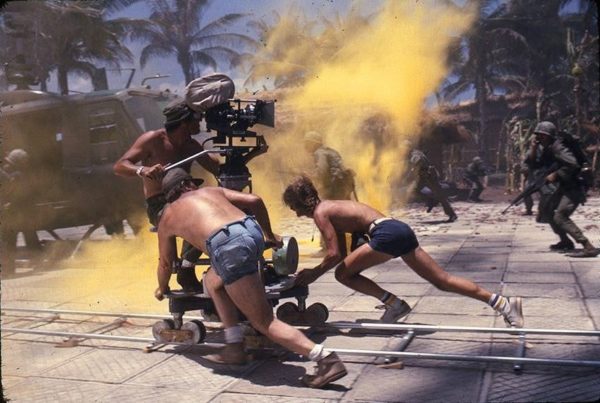One of the most common questions we get from people preparing for an on-camera interview is: What should I wear?
The right outfit can make a big difference in how you look and feel on screen and there are definite “dos and don’ts” to consider. Here are some simple guidelines to help you dress for success.
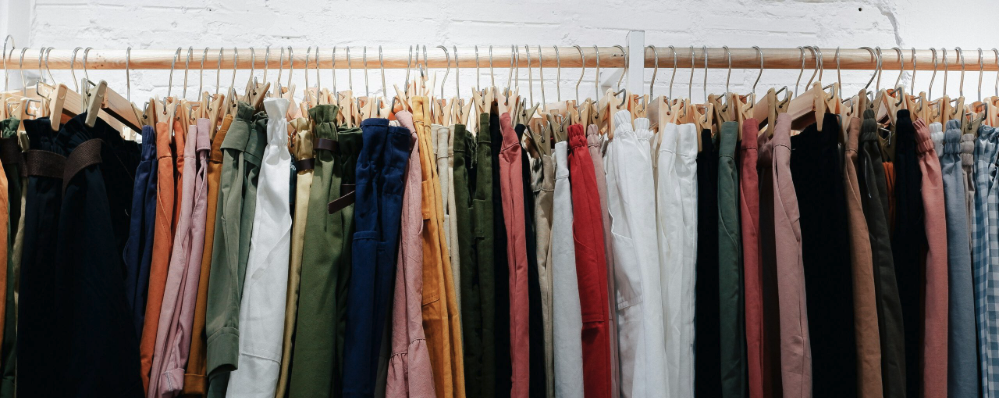
General Wardrobe Guidelines
Solid Colors Work Best – Rich, solid colors like blues, greens, purples, and earth tones look great on camera. Avoid extremely bright whites or deep blacks, as they can affect exposure and contrast.
Comfort is Key – Choose something that makes you feel confident and comfortable. If you’re constantly adjusting your outfit or fidgeting, it will show on camera.
Dress for the Subject Matter – Your outfit should match the tone and context of the video. If you’re a kindergarten teacher discussing classroom topics, a full suit and tie may not be necessary—opt for something professional yet approachable. Similarly, corporate professionals may want to dress in attire that aligns with their industry standards.
What to Avoid
Busy Patterns & Stripes – Tiny stripes, checks, or intricate patterns can create a distracting visual effect called moiré, where the camera struggles to capture fine details, causing a wavy distortion.
Shiny or Reflective Fabrics – Satin, sequins, or metallics can catch the light in unpredictable ways, leading to glare or hotspots on camera.
Logos & Distracting Graphics – Unless you’re representing a brand that needs to be seen, avoid shirts with logos or bold text that can pull focus from your face.
Noisy Accessories – Large, jangly jewelry or accessories that create sound when you move can interfere with audio quality.
The Moiré Effect: Why Patterns Can Be a Problem
Have you ever seen a strange rippling effect on a patterned shirt during a video? That’s the moiré effect. It happens when fine patterns on clothing clash with the camera’s pixel grid, creating an unnatural distortion. The best way to avoid this? Stick to solid colors or subtle textures.
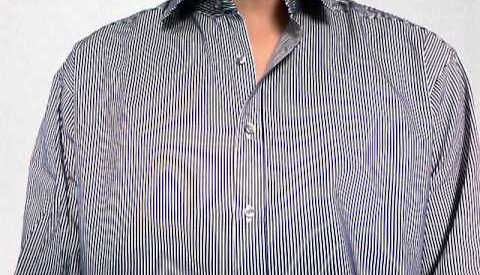
Final Tips
If you’re unsure about your outfit, bring an extra option or two to your shoot. We’re happy to give feedback on what works best on camera. And remember, the goal is for your audience to focus on you—not your clothes!
Have an upcoming video shoot? Reach out to Scofield Digital Storytelling, and we’ll help you feel prepared and confident on camera!

